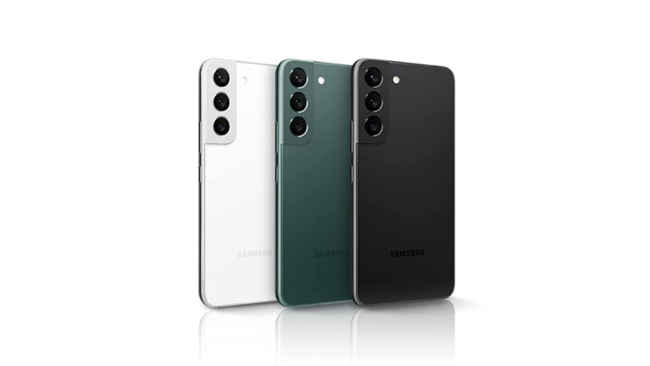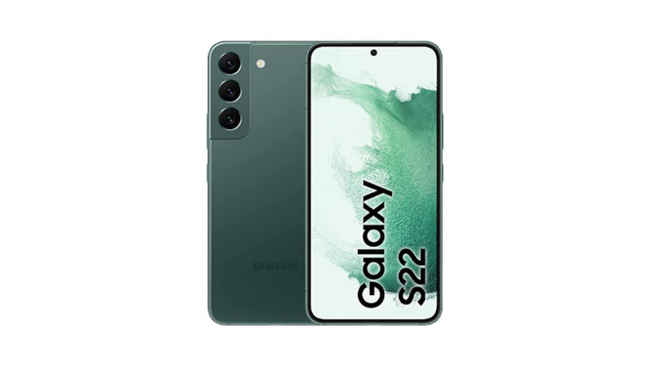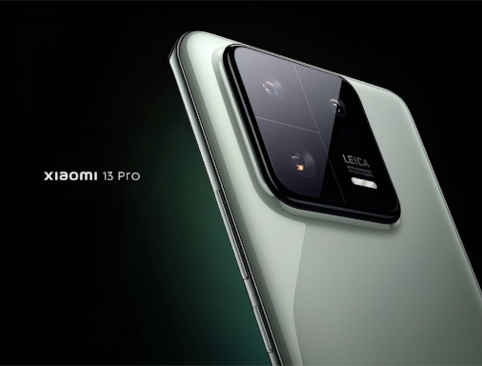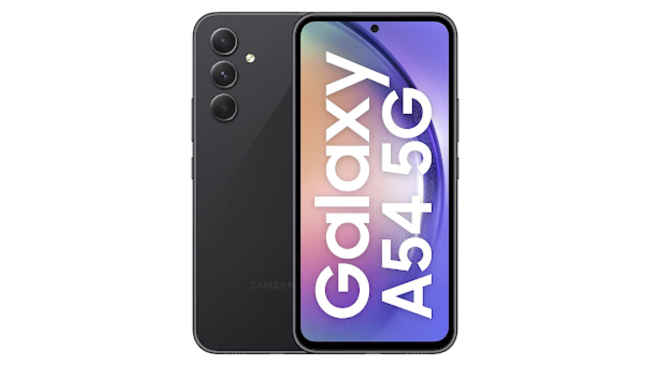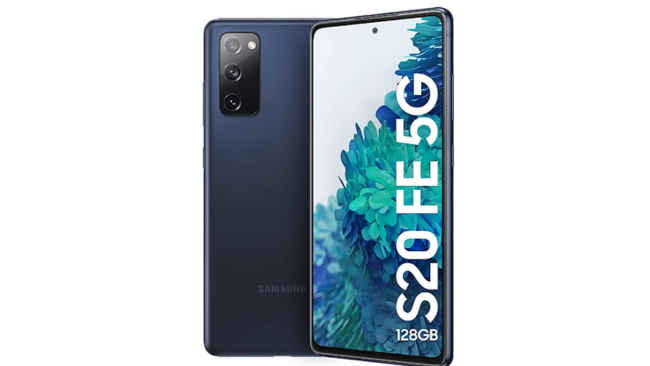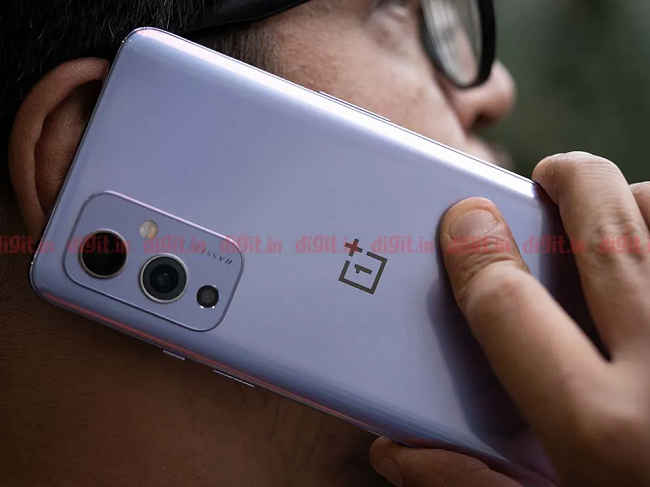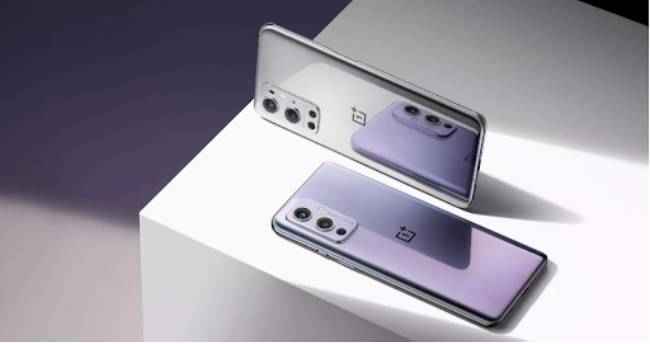The Nothing Ear (2) is a great pair of earbuds for regular folk if they are dedicated fans of the brand. These earbuds go into tricky waters when you start comparing them to the offerings from OnePlus, Oppo, and Jabra. In terms of sound quality, all three earbuds are more balanced-sounding than the Nothing. We are talking about out of box experience here. You can tune the audio and match the levels of the competition.
But, in terms of design, they are hands down some of the best earbuds you can get your hands on. They are, what they say, conversation starters. Nothing (literally, not the brand) matches up to these earbuds. So, if you want a package that can get you a transparent novelty design and a sound signature that, with some tweaking, can be made serviceable for the purists as well, then you won’t go wrong with the Nothing Ear (2)
Making transparent tech is something that Carl Pei’s Nothing has mastered since the launch of their first pair of TWS earbuds, the Nothing Ear (1), back in 2021. Since then, the brand has branched out into making smartphones and has released another pair of TWS earbuds, the Nothing Ear (stick). Due to the unique design and hardware they pack, the devices from Nothing are hyped a lot before launch.
It was no different with the Nothing Ear (2). Days before launch, the internet was filled with news and chatter about the imminent launch of the successor of the Nothing Ear (1). The Nothing Ear (2) hype train was supercharged by the fact that the Nothing Ear (1) was one of the undisputed kings of the budget segment when it launched, and the expectations that people had for its successor were sky-high. This also sparked curiosity in the minds of the folks here at the Digit Test Centre. Even I was curious to see how these earbuds performed given that had daily driven the Nothing Ear (1) ever since I bought them back in 2021. And, having stayed at home during the pandemic, taking calls and consuming content day in and day out, I can safely say that I knew exactly what Nothing Ear (1) is all about.
So naturally, when the Nothing Ear (2) showed up, I put it through our rigorous test process, and the results were ‘somewhat’ in line with the expectations we had set for the device. They’re competing with the likes of the OnePlus Buds Pro 2, Jabra Elite Active 4, and the Oppo Enco X2. All three earbuds hold their ground well, so Nothing Ear (2) had an uphill battle to fight. Spoiler alert – it almost came out as the victor. Almost is the keyword. Curious why?
Read our full review of Nothing Ear (2) and find out if these ₹9,999 earbuds are worth your money or not!
Nothing Ear (2): Build, Design, and Fit
As I prefaced earlier, Nothing’s products stand out and are a treat to look at. The transparent design, complimented by the subtle metallic touches from the hinge and the magnets fitted in the solid white-coloured cavity, makes them stand out in the sea of earbuds. The design overall retains the quintessential Nothing Ear look. The earbuds look the same, and the branding is all in the same place; the charging port, the paring button, and the charging/pairing indicator LED, everything is the same.
However, upon closer inspection, you start noticing the subtle differences. Let’s start with the overall design of the case. Instead of the rounded edges of the Nothing Ear (1), the Nothing Ear (2) features a more industrial-looking design with squared-off edges. And it has a smaller footprint than that of the Ear(1). This is something that has made me very curious, especially after the launch of the Apple iPhone 12 series. Since the Cupertino-based giant switched to a boxier design on their phones, the industry got on to the squared-edge bandwagon. And, if you had any doubt about Nothing also being on board, them have a look at their Phone. You’ll understand what I mean. The boxy and squared-edge design has trickled down into these earbuds too, and it will be interesting to see how the rest of the industry reacts to this move. Now, let’s get back to the actual review.
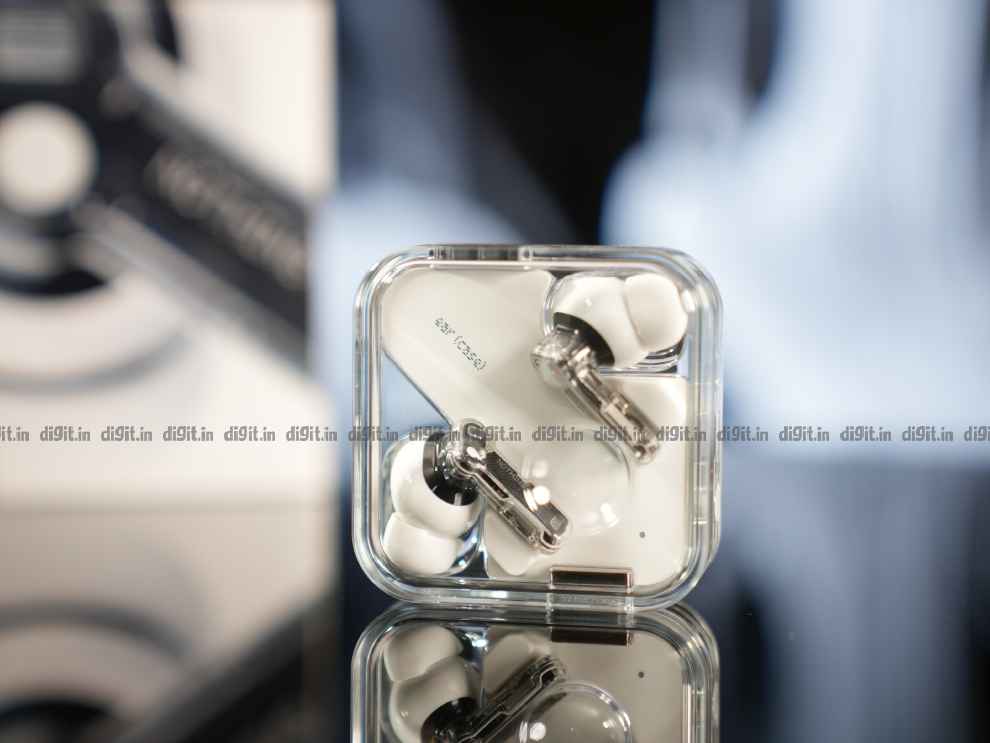
On the back, Nothing has shaved off some of the plastic, making way for the inner plastic cavity, which on the earlier variant of the earbuds was tucked behind the clear plastic. But, as great as it looks, this has added a lot of crevices on the body of the earbuds, which are a dumping ground for dirt and pocket lint. And the plastic still has that glossy finish and quality, which in our few days of use, caught a lot of scratches and scuffs.
Just look at this image of my own pair of Nothing Ear (1), which I bought in 2021. Now, imagine the plight of these earbuds when you will daily drive them. If you want to preserve the looks of these earbuds, then we highly recommend using a case. It is not a deal-breaker in any way and will only be a bummer if you are too attached to the natural, out-of-box look, which I would say is gorgeous.
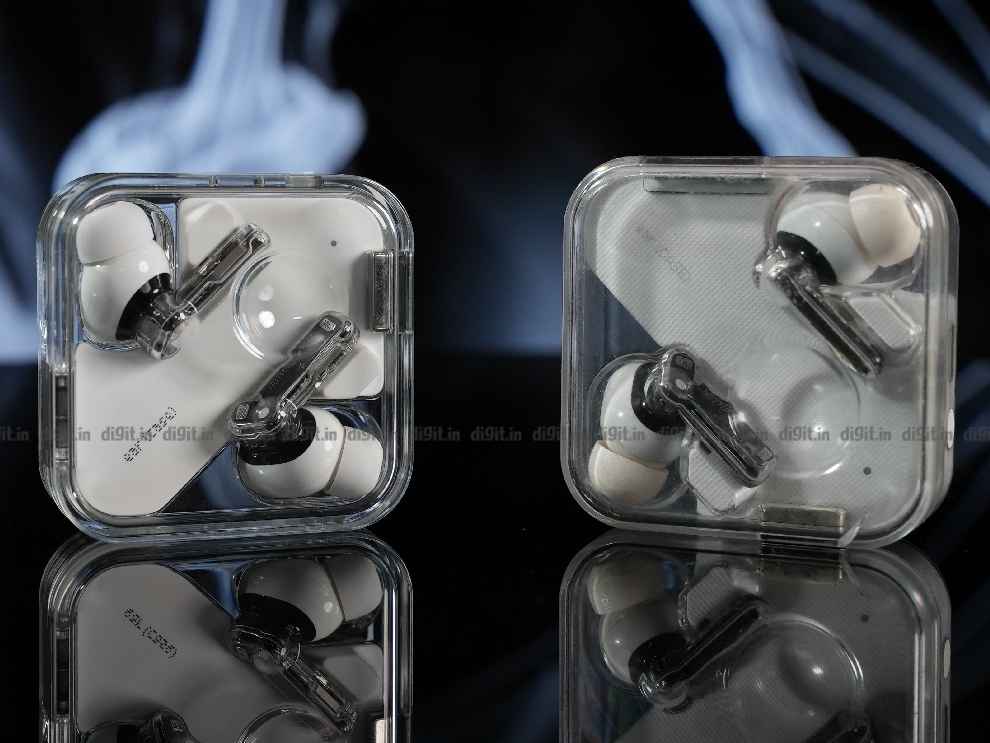
As for the other changes, the hinge is smaller yet stronger and has a satisfying click to it. It is also metallic, which is always appreciated. The inner cavity as well, is smaller, which explains the smaller footprint of the case. The magnets also have received a small change in design, with both ones being exposed instead of just one on the top in the Ear (1).
The earbuds also follow the same theme. They have received small changes, apart from one, which are the controls. Now, instead of the touch-sensitive gesture-based controls, Nothing has added pinch controls on the stem. And to distinguish that area, they have added subtle recessed bits of shiny metallic strips on each earbud. I honestly love the way that they work and feel during regular use. With the earlier variation, often times I used to miss out on triggering the exact action that I wanted, and when I was lying down, as soon as my arm touched the stem, something or the other would happen. And it was VERY annoying. Now I can listen to my end-of-day podcasts without switching out to the next episode or triggering ANC on and off. This is another place where Nothing Ear (2)s draw inspiration from its Apple counterpart.
The rest of the earbuds are the same, with the grill on the top of the buds getting a more pronounced look, which you won’t even notice unless you are on a hunt for it, specifically. As for the fit, it remains excellent, and as my fellow reviewer had described it in her review of Nothing Ear (1) – “a very snug and comfortable fit for the most part.” Having said that, let’s move on to the features.

Nothing Ear (2): Features
The Nothing Ear (2) is not the most feature-rich pair of earbuds that is out there in the market around the ₹10,000 mark. We have the Oppo Enco X2, which is laden with features, almost all of which are well-implemented. Nothing against the Nothing Ear (2), though. They have a defined and well-rounded feature set which ensures that you do not lose out on the overall experience of using the earbuds.
We have the new set of controls which work like a charm, and ANC, which in my opinion, was not leagues apart from the Nothing Ear (1), but still an improvement and very much serviceable. With these earbuds, we also get audio personalisation as well. A new feature that affects the performance is the support for 24-bit Hi-Res audio and the LHDC codec. These things will add a subtle boost to your performance (if your source device is compatible) but don’t expect audiophile-grade performance numbers from these earbuds.
Nothing has moved away from the Ear (1) app and has migrated to the Nothing X app, starting with the Nothing Ear (stick). While the Ear (1) app felt like a placeholder, the Nothing X app is something that other brands can take inspiration from. There are a ton of features like a tri-band equaliser, (I would have preferred a 5-band one) personalised ANC toggle, low latency mode, an ear tip fit test, and dual connection toggle, along with the regulars like find my earbuds, firmware update buttons, and the like.
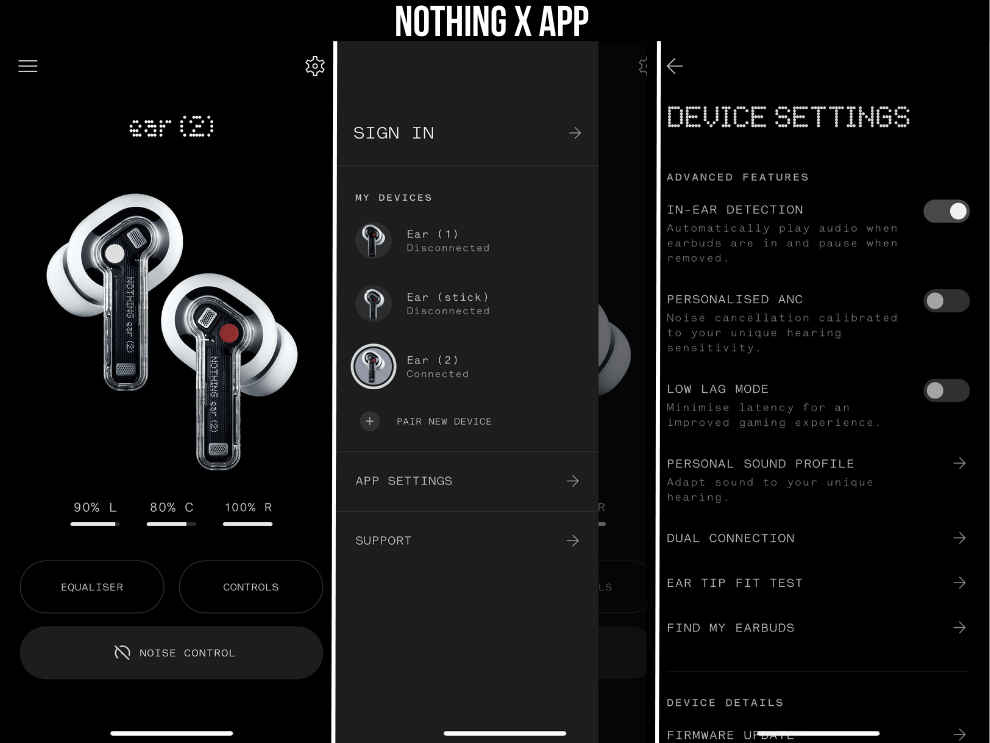
Let’s talk a bit about the personalised fit test and the personal sound profile. These features have been played around with by quite a few brands. Everyone has their own way of doing it. And, while some fail, some brands are able to pull off feats that leave others in awe. Now, you might be thinking that I said earlier that other brands could take inspiration from the app, and this might be it, right? Well, let me tell you, this is not it. In this department, the earbuds land bang in the middle.
After you have completed the test, you will definitely notice a difference in sound. It did get better for me, and it might vary from person to person, depending on the fit of the earbuds. But, despite the change in the sound signature, the sound signature did not change drastically. It was just that the positioning and overall staging of whatever audio was being pushed by the drivers became more precise. This was it.
Now, if you are someone who works out regularly or is planning to go out in the rain, you can stay assured that these earbuds will survive your escapades as they come with an Ingress Protection (IP) rating of IP55. Don’t jump into the pool with these on, though.
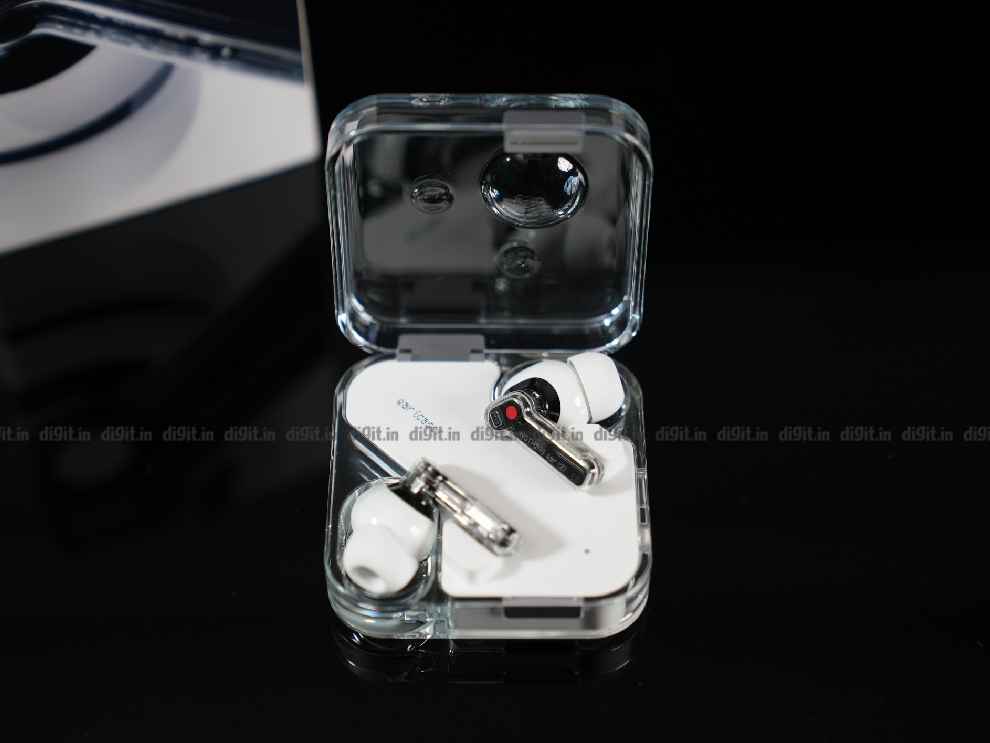
One more thing that impressed me a lot was that the earbuds, while I was reviewing them, got a firmware update. It included some quality-of-life improvements and changes to make the ear tip fit test better. I tried taking the test again, but I believe nothing changed for me. However, it is always lovely to see a brand be proactive and deliver OTA updates to their products, making sure that the consumer experience gets nothing but better.
Now, lastly, the thing that other brands should take notice of in the Nothing X app. It is the design and the ease of navigation inside the app. Having studied a bit of UI design in college and experienced the apps that complement earbuds across price ranges, I think that the UI of the Nothing X app, for me is the best that is out there. It is clean and intuitive. Nothing’s branding elements and the imagery of buds themselves look modern and psychologically calm the user down. There are many cases where things are thrown your way all at once, which causes even the most experienced and technically sound individuals to panic and freeze up. Here, the buttons are well-rounded, literally, and all the features that the buds have to offer are compartmentalised in a way that almost everyone will be able to make their way through to them with a little bit of digging around.
Enough about the features and the design. Let’s talk about the performance of these earbuds.
Nothing Ear (2): Performance
Nothing Ear (2) bring a ton of incremental upgrades in terms of performance when compared to its older cousins, the Nothing Ear (1). When looking at the graph, you can see that the bass of Nothing Ear (2) has been amplified. However, it is balanced out by the highs, which have also been boosted. The overall sound signature is U-shaped, which is the go-to for most consumer brands, and in daily usage, also sounds well-rounded if done well, which, as you will see, is not really the case with the Nothing Ear (2).
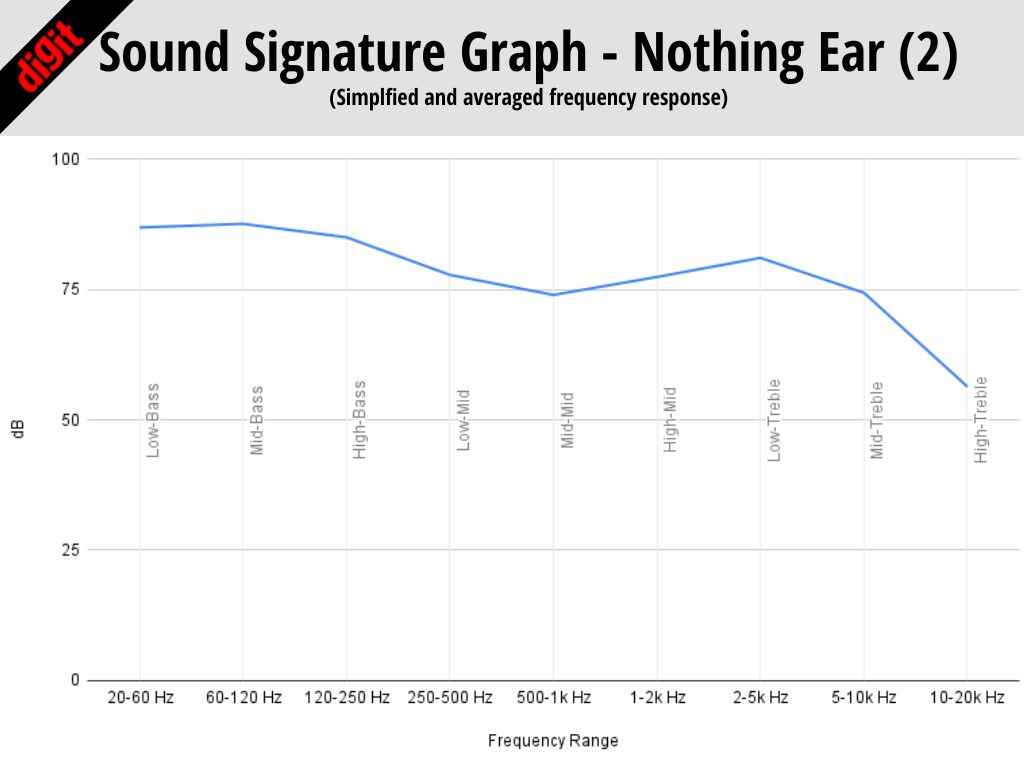
Let’s start with the lows. Not in the literal sense. We’re talking about the frequency range. This is where most of the thump, aka bass, comes from. On the graph, this lies between the 20 Hz and the 250 Hz mark. See the bump in that range? That shows that the bass frequencies are overly boosted on the Nothing Ear (2), which means that it eats into the reproduction of the mids and the highs, which are responsible for the vocals, and instruments like hi-hats and cymbals. The Nothing engineering team did try to make up for it by boosting some of the higher frequencies, especially in the 2 kHz to about 7.5 kHz range. However, this boost does more harm than good.
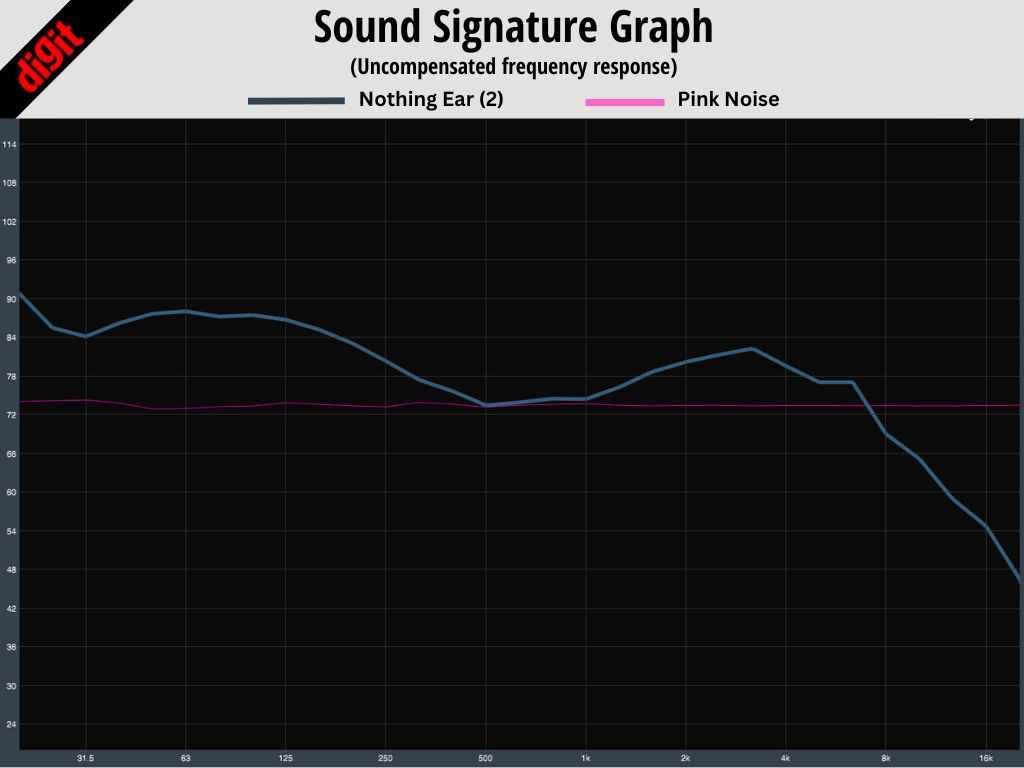
The boost in the higher frequencies introduces sibilance, which means that there’s always high-pitched S and T sounds present in the audio. And that is not pleasant to listen to. My fellow reviewer, Dhriti, also gave these earbuds a try before I started writing the review, and her first comment was about the sibilance. In many cases, as it was with Dhriti as well, sibilance can induce headaches and general listening fatigue. This is not good to have.
The bass boost also eats into the mids, which is where the vocals lie. This is something that is immediately picked up when you are listening to tracks like OneRepublic’s Rescue Me. The sound is muddy, and at times, the voice of the artist is lost in the middle of all the sounds that are around it. It is ironic that the numbers that are high are bringing down the performance and overall audio quality of these earbuds.
Now, when pitted against the Nothing Ear (1), these earbuds are much better. And, if you are not an audiophile, you might as well find them to be completely normal-sounding in day-to-day use. These are not ‘bad’ in any regard when observed in an isolated bubble. In fact, they are a definite improvement from Nothing, especially after the Ear (stick), which had me legitimately worried about the brand.
These earbuds are in a space where, as I mentioned earlier, there are players like OnePlus Buds Pro 2, Jabra Elite Active 4, and the Oppo Enco X2. As you can see in the graphs linked below, all these earbuds have a much more balanced sound-signature, which, once you experience for yourself, you will appreciate. Here at Digit, our benchmark is the flat sound signature, which is represented by the readings of the pink noise that we have captured.
[Click on the pair you want to see the comparison graph of]
Nothing Ear (2) vs Nothing Ear (1) Nothing Ear (2) vs OnePlus Buds 2 Pro Nothing Ear (2) vs Jabra Elite 4 Active Nothing Ear (2) vs Oppo Enco X2
As for the ANC, they come pretty close to the Oppo Enco X2, which is our pick in this price range. In indoor conditions, these earbuds hold their own. However, as soon as you step out in a noisy environment and turn the ANC on, you feel the lacklustre ANC performance on these earbuds. I am sure that Nothing as a brand is capable of doing more. They have improved on their ANC performance, albeit slightly when compared to the Ear (1), and they have the potential to do more. With the right fit, the passive isolation is decent on these earbuds. So if you are someone who is averse to using ANC, then you will get your share of passive noise cancellation.
The microphone performance of these earbuds is something that I loved when comparing these to others in the market. The extended stem and the microphones baked in these earbuds work great. You obviously cannot expect flagship-level performance from these earbuds, but they hold their ground well. Be it in games, or calls in my auto-rides, apart from a couple of instances, I rarely received complaints from the person I was speaking with about my voice quality.
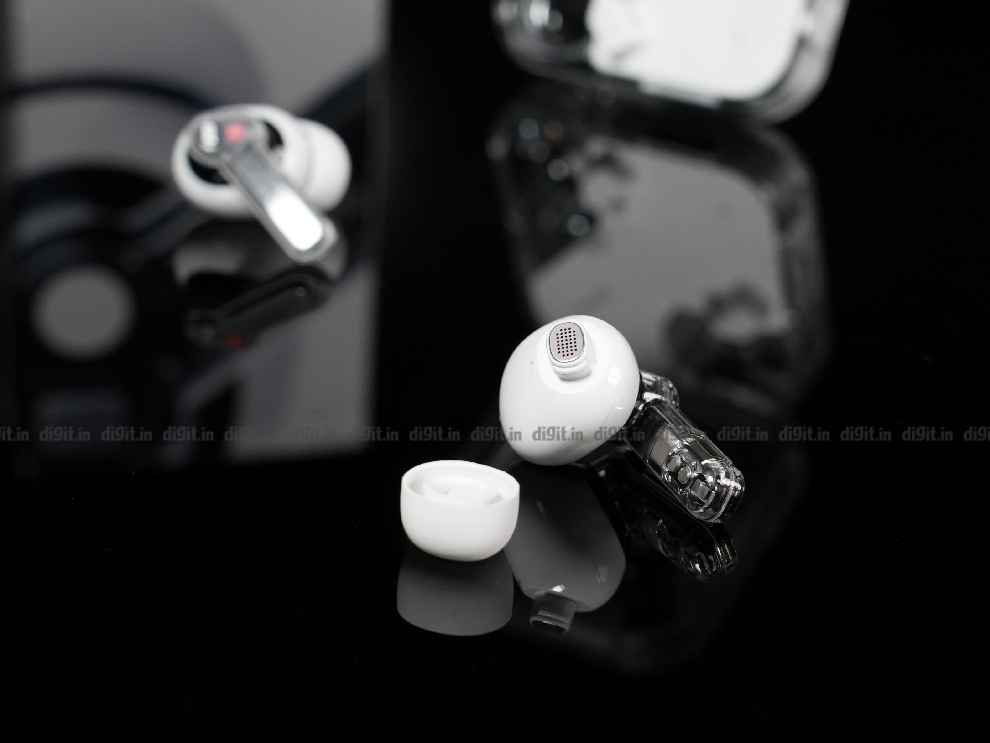
Talking about gaming, the low latency mode on these earbuds gave a considerable boost to the sound or rather brought down the latency by a considerable amount. And that is what I liked a lot when using these earbuds. It did cause my battery to drain faster than it should, but being a gamer, you will know that getting the best out of your hardware comes with the cost of power consumption. Now, since we are already on the topic of battery life, let’s talk about it, shall we?
Nothing Ear (2): Battery Life
The battery life of the Nothing Ear (2) is also something that the brand seems to have given special attention to. In our tests, these lasted a whole hour more than the Nothing Ear (1), with the volume set to 50 per cent and ANC turned on. These earbuds clocked in about four and a half hours, compared to the three and a half hours of the Nothing Ear (1). With ANC turned off, you can expect about an hour added to the battery life on the earbuds. With the case, you get about four more rounds of charging, bringing the total battery life at 50 per cent volume, up to 18.8 hours with ANC turned on and 22 hours with ANC turned off.
If you are out of juice, you can use the included USB Type-C cable or plonk these on to a wireless charging pad. Nothing claims that these earbuds can give you eight hours of music playback on just a 10-minute charge, which is impressive. Add to that, the Qi wireless charging certification, and you get a nifty little powerhouse.
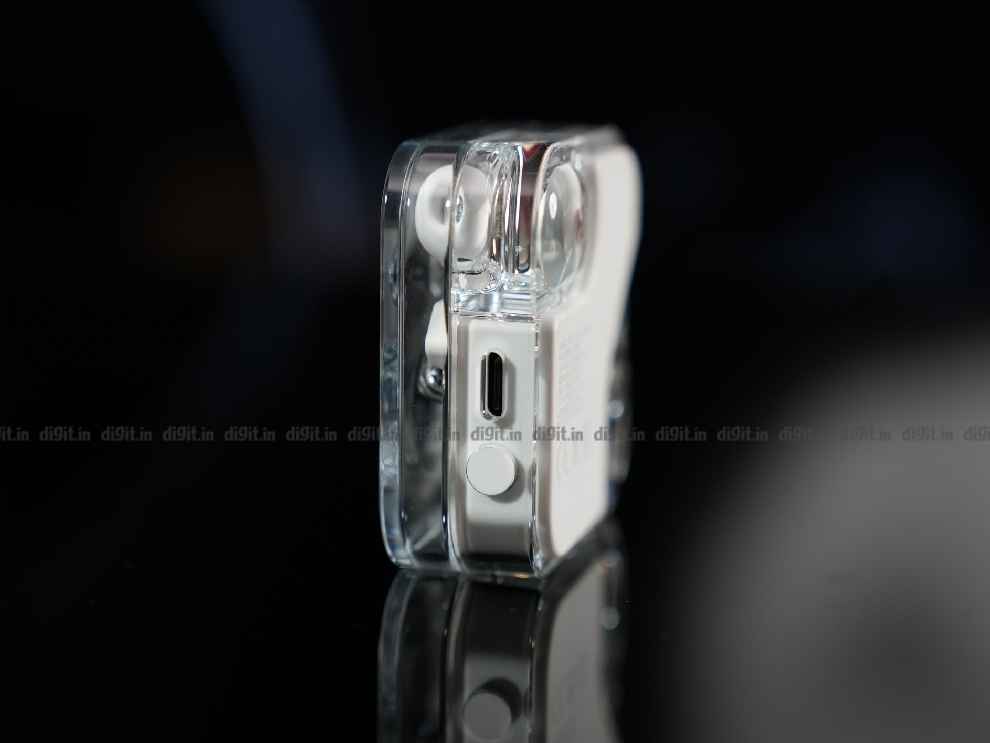
The earbuds have an LED on the case and audio prompts programmed into the earbuds to tell you how much battery is left in them. And, the way the audio prompts and the LED has been implemented impressed me. Trust me, there are audio prompts and LEDs which can’t do this simple task of giving the user an idea of the battery level well.
Nothing Ear (2): Verdict
If you read through this review, first of all, congratulations! You get a Digit reader rating of 10/10.
Now, coming back to my final thoughts about Nothing Ear (1). Here I would like to draw some parallels with the world of watches. On one hand, you have lifestyle brands making watches, which bring a lot of clout and visual appeal to the table. These are appreciated by the masses and frowned upon by the purists. On the other hand, you have brands that have years of watch-making experience behind them, and they have the most intricate movements available and craftsmanship of the highest quality. Such brands are loved by the purists and might not be liked by regular consumers.
With Nothing, there’s a curious case of an identity crisis. On one hand, the brand is trying to prove to the purists and, in a sense, failing to do so because it is just starting out. However, with the masses, as you would know, it is immensely popular. And there is nothing wrong here. As a brand, you get the hype that you want and drive sales and provide end-user satisfaction. But the purists are sat in a corner frowning upon your product.
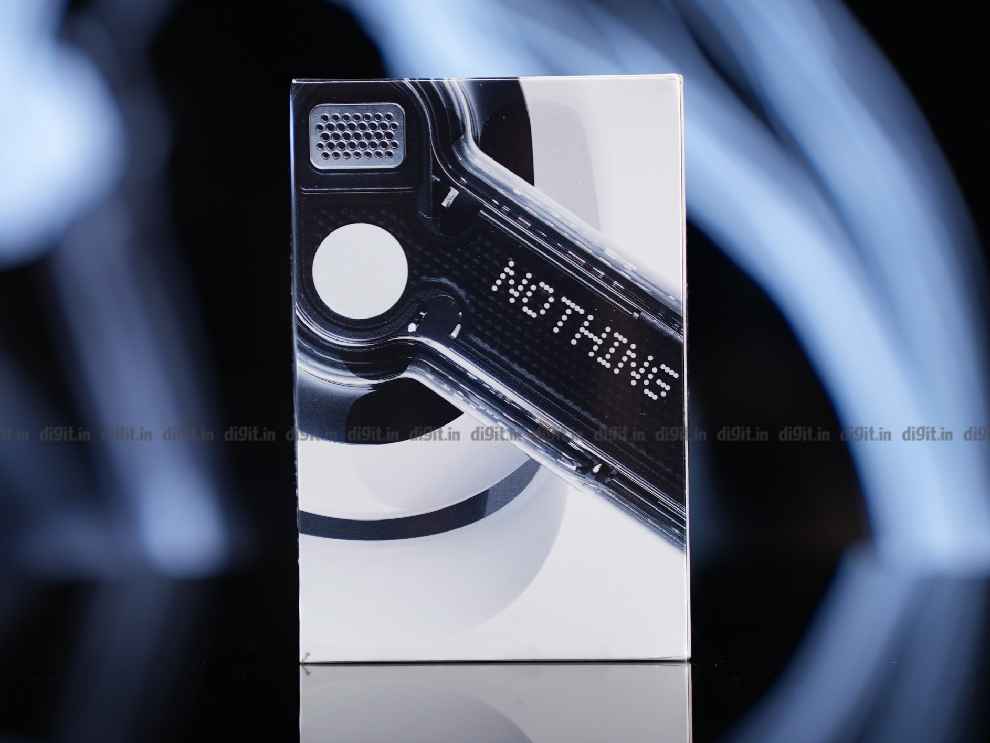
The Nothing Ear (2) came in with the baggage from the Nothing Ear (1), which at the time of launch was about 60 per cent of the price of the Ear (2). It did well. Everyone expected Nothing to build the next AirPods killer. They tried and, in my opinion, are on the track to doing it. However, between the launch of the Ear (1) and the Ear (2), the market has evolved. We have loads of new products that are competing in a close-knit space.
The Nothing Ear (2) is a great pair of earbuds for regular folk if they are dedicated fans of the brand. These earbuds go into tricky waters when you start comparing them to the offerings from OnePlus, Oppo, and Jabra. In terms of sound quality, all three earbuds are more balanced-sounding than the Nothing. We are talking about out of box experience here. You can tune the audio and match the levels of the competition.
But, in terms of design, they are hands down some of the best earbuds you can get your hands on. They are, what they say, conversation starters. Nothing (literally, not the brand) matches up to these earbuds. So, if you want a package that can get you a transparent novelty design and a sound signature that, with some tweaking, can be made serviceable for the purists as well, then you won’t go wrong with the Nothing Ear (2).
from Audio Video Reviews https://ift.tt/HU0worK
 Although Remote Play can be used outdoors, it is primarily designed to function within the vicinity of your PS console over your home network. With the upcoming console, however, you may have the freedom to enjoy gaming anywhere within your home or continue gaming even when your TV is being used by someone/ for something else.
Although Remote Play can be used outdoors, it is primarily designed to function within the vicinity of your PS console over your home network. With the upcoming console, however, you may have the freedom to enjoy gaming anywhere within your home or continue gaming even when your TV is being used by someone/ for something else.